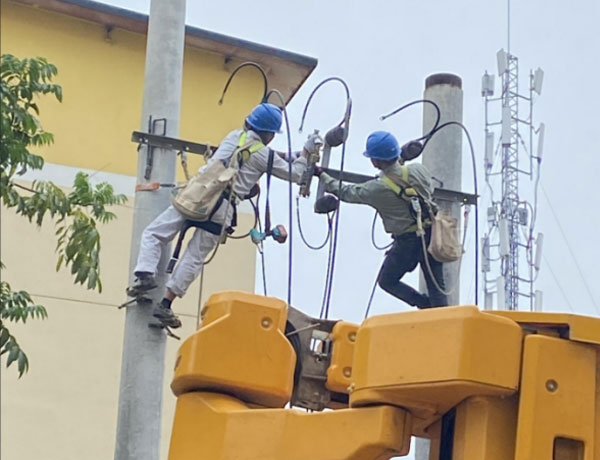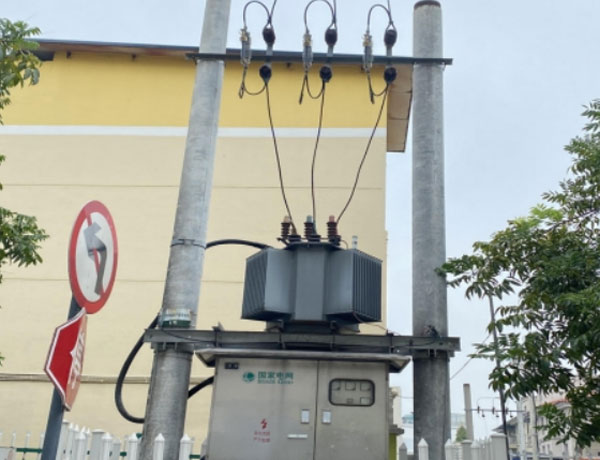High voltage fuse operation and maintenance
2022-10-28
2022-10-28

High-voltage fuses can be divided into two types: indoor type and outdoor type.
1. Indoor fuse: The indoor fuse is a sealed tube fuse filled with quartz sand filler. When it passes an overload current or a short-circuit current, the melt is blown, and the metal vapor and the free gas after the arc are subjected to high temperature and high pressure. It is sprayed into the gap between the quartz sand, and the surface of the quartz sand is cooled and solidified, which reduces the free gas and metal vapor left in the narrow groove after the melt evaporates, so that the current naturally crosses zero, forcing the arc to extinguish. When the melt is blown, the pull wire of the fuse spring is also pulled off at the same time and ejected from the spring tube.
2. Outdoor fuses: Outdoor fuses are generally drop-out fuses used to protect 10kV power transformers and power lines. It consists of a fixed support part, a movable melting tube and a melt. The fixed support part is made of porcelain or synthetic insulator, and there are contacts at the upper and lower ends. When the melting tube is closed, a conductive circuit is formed between the upper and lower contacts; the melting tube falls When it is disconnected from the live contact at the upper end, it plays a role of isolation. The melt of the fuse is installed in the melting tube. When the line fails, the fault current causes the melt to melt rapidly, and an arc is generated in the melting tube. The arc suppression tube lined with the melting tube decomposes a large amount of gas under the heat of the arc When the current crosses zero, a strong downward longitudinal blowing arc is generated along the melting tube, so that the arc is elongated and extinguished. The fuse tube could not be locked and fell due to the melt blown.
(2) Operation and maintenance
1. For indoor fuses: fuses and power distribution devices should be inspected at the same time: check whether the contact part is overheated; whether the fuse porcelain body is damaged; check whether the fuse tube installation and fuse display signs are correct.
2. For outdoor fuses: In order to ensure that the drop fuse can automatically drop when the melt is blown, the installation of the drop fuse must be firm and reliable, with an inclination angle of 20° to 30° downward. The distance between two-phase drop-out fuses shall not be less than 600mm. When the melt is installed in the melting tube, it should be tightened up and down, and the melt should be kept on the upper part of the melting tube.





